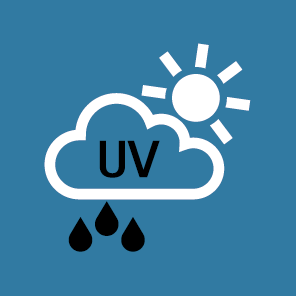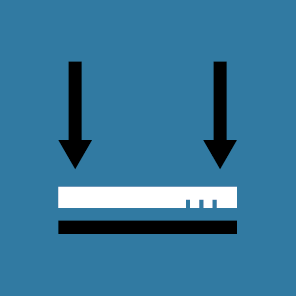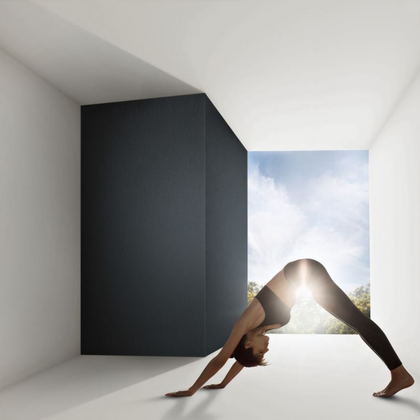[RENOLIT] BENDIT combines.
RENOLIT BENDIT is an edging sheet that can be used to create panelling around a PVC-U window. Its surface consists of a surface coating film specially developed for this purpose. It is available in a selection of colours, designs and surface textures and features all the renowned strengths of RENOLIT EXOFOL, such as easy cleaning and Solar Shield Technology (SST).
Schematic structure

Processing the high-quality cladding panel is extremely simple: mill a small groove into the back of the panel and you can bend RENOLIT BENDIT to the exact angle you need. Any angle up to 90 degrees is possible.
The advantages of [RENOLIT] BENDIT at a glance

Exceptional thermal stability

Sustainable and durable

Appearance and texture like window film

High bending stability

UV and weather resistant

Universal application

Light weight

Flat panel surface

Tilting up to 90°
Take a look at our colours, decors and textures and find your perfect match!
How is [RENOLIT] BENDIT processed?

The cladding panel RENOLIT BENDIT has been on the market since the beginning of 2021 and since then has made it easier for many a window manufacturer and installer to flexibly clad window corners and lintels.
Its big plus: it is available in the same colors and decors as the foiling of vinyl windows. This opens up a wide range of applications in window construction. With the aid of simple milling on the reverse side, the aluminum composite panel can be edged.
But how is RENOLIT BENDIT actually processed?
The following video answers this question.
Our partners
Further information
Your contact person

Rainer Langner
Sales & Project Manager
| Mobile: | +49 172 777 4692 |
| Email: | rainer.langner@renolit.com |
| Address: |
RENOLIT SE Horchheimer Straße 50 67547 Worms |











